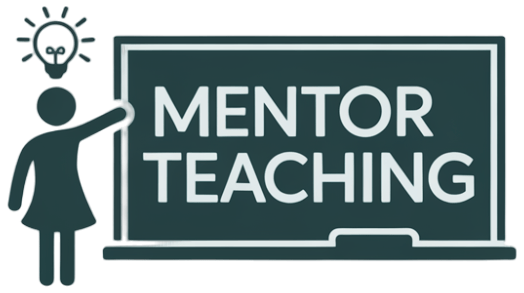Transfer Unleashed: Defining Teaching-Transfer-Application
Think of teaching-transfer-application as the superhero power of education — it’s the skill that lets students take what they’ve learned in one situation and confidently use it somewhere completely new. According to Authentic Education, teaching for transfer moves learning beyond context-bound memorization and into realms of flexible problem-solving. This means whether you’re guiding a class through the solar system or exploring persuasive writing, the ultimate goal is for your students to carry those core principles into different, even unexpected, situations.

We’re not just talking about repeating a science experiment in the same lab — that’s near transfer. We’re aiming for far transfer, where those same scientific reasoning skills help them troubleshoot a broken appliance or debate climate policy. This adaptability is the heartbeat of meaningful, lasting learning.
Why Investing in Transfer Elevates Learning
When you focus on transfer, you’re not simply checking off curriculum boxes — you’re equipping your learners with lifelong problem-solving tools. As Yale’s Poorvu Center explains, successful transfer indicates students have internalized key concepts, not just facts. This kind of deep learning fuels creativity, analytical thinking, and innovation. It’s no wonder educational leaders, school administrations, and teacher placement programs value educators who can foster transfer; it’s a sign of high-level pedagogical skill.

For teachers considering an education transfer, being able to highlight your ability to promote transfer learning in your teaching application can be a major plus in landing your preferred teaching position within a new school district.
Foundational Principles for Teaching Transfer
Transfer doesn’t happen by accident — it’s rooted in solid cognitive and teaching principles. Research compiled in academic reviews emphasizes building conceptual frameworks rather than isolated knowledge points. Reflection, scaffolding, and situated learning are your best friends here. By connecting new material to what students have already mastered, you’re stacking building blocks that they can rearrange creatively in new situations.

And remember, transfer capacity grows over time. Like preparing for a teaching credentials exam, you start with foundational skills, then layer in advanced practice until your students can independently navigate both familiar and challenging tasks.
Concrete Strategies to Foster Application
Let’s get practical! Strategies for fostering transfer include:

- Goal-setting: Make transfer objectives explicit so students know the “why” behind the lesson.
- Modeling: Demonstrate how principles apply across different contexts, much like an experienced educator explaining concepts in multiple subject areas.
- Analogies and metaphors: Link new learning to prior knowledge through relatable comparisons.
- Reflection activities: Encourage students to think about how today’s skills might help them solve tomorrow’s problems.
- BDA Framework: The before, during, after approach helps transition students from near to far transfer step-by-step.
If you’re an educator preparing a teaching portfolio for an academic transfer or teacher transfer application process, examples of how you’ve used these strategies can powerfully showcase your instructional design expertise.
Seamless Integration into Classroom Practice
Applying transfer principles in everyday teaching is easier than you might think. Start by weaving real-world examples into your lesson plans. For instance, a math teacher could relate algebraic problem-solving to budgeting for a school event. Group learning, peer teaching, and feedback cycles further enhance retention and adaptability, leading to improved student achievement.
Teacher education programs, like those described in this transfer degree program, often include modules on integrating transfer so future educators can seamlessly embed these methods into school culture and meet educational standards. By doing so, teachers not only elevate classroom learning but also strengthen their professional development profile — a definite advantage when submitting a transfer request form to human resources.
From Theory to Triumph: Ensuring Student Mastery
Here’s where you see transfer in action. Students who’ve been taught for transfer can navigate new academic challenges and everyday problems with agility. Their ability to use principles flexibly is a powerful testament to your teaching methodology and classroom management skills.
To ensure mastery, revisit and reinforce transferable skills throughout the curriculum. Think of it as preparing for a teaching evaluation — consistent practice, feedback, and opportunities to apply knowledge in varied ways will produce confident, capable learners. These same principles support your own career mobility; demonstrating transfer-oriented teaching in your educational background can make your teaching transfer application stronger, quicker to gain administrative approval, and more likely to secure that prized position in your desired school district.




